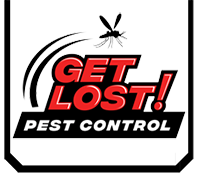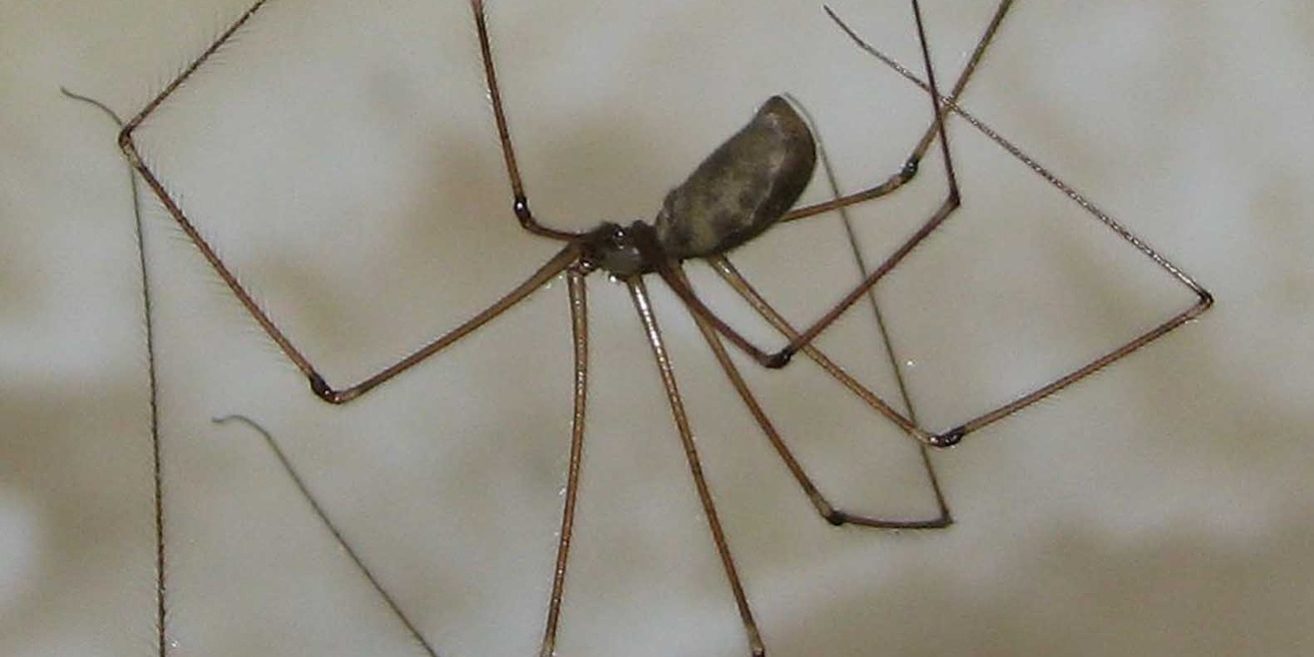Did you know that cellar spiders are one of the most common spiders found in homes across the United States? With their long, delicate legs and often misunderstood reputation, these arachnids have adapted to live alongside humans and can be found in nearly every state, including Idaho. In this article, we will explore fascinating facts about cellar spiders, their identification, and how to effectively control them in your home or property.
Key Takeaways:
- Cellar spiders are prevalent in homes across the United States, including Idaho.
- They are known for their long, delicate legs and webs.
- Cellar spiders are harmless to humans and actually help by preying on other household pests.
- Identification includes features such as a small body size and a grayish or brownish coloration.
- Controlling cellar spiders involves reducing their food sources, sealing entry points, and using targeted spider control methods.
Cellar Spiders in Idaho
When it comes to Cellar Spiders, Idaho is no exception to their presence. Found throughout the state, these arachnids are known for their distinctive webs and delicate appearance. While Cellar Spiders share many characteristics with their counterparts in other regions, there may be some unique behaviors and characteristics exhibited by these spiders in Idaho.
Prevalence in the Region
Cellar Spiders, also known as Pholcidae, can be found in various locations across Idaho. Whether you’re in Boise, Coeur d’Alene, or Idaho Falls, it’s not uncommon to encounter these spiders in and around buildings, particularly in dark, damp areas such as basements and crawl spaces. While they may not be harmful, their presence can still be unsettling to some individuals.
Unique Behaviors and Characteristics
Although Cellar Spiders generally exhibit similar behaviors and characteristics wherever they are found, there could be variations specific to the Idaho region. Factors such as temperature, humidity, and prey availability may influence the behavior and adaptation of these spiders in Idaho. It is important to note that further research is needed to fully understand any distinctive traits they may have in this particular area.
Recommendations for Control
For those seeking to control Cellar Spiders in Idaho, it is important to consider both prevention and intervention methods. Here are some recommendations:
- Seal cracks and crevices: By sealing potential entry points, you can reduce the spiders’ ability to access your home or property.
- Reduce clutter: Minimizing clutter in basements and crawl spaces can make these areas less attractive to Cellar Spiders, as they prefer undisturbed environments.
- Remove webs: Regularly removing spider webs can deter Cellar Spiders from establishing their presence in your living spaces.
- Improve ventilation: Ensuring proper ventilation in areas prone to dampness can help create an inhospitable environment for these spiders.
- Consult with professionals: If your Cellar Spider infestation persists or if you’re unsure about the best course of action, it is advisable to consult with a pest control professional who has experience dealing with arachnids in the Idaho region.
By implementing these recommendations, you can take proactive steps to manage the presence of Cellar Spiders in your Idaho home or property.
Cellar Spider Behaviors, Life Cycle, and Habitats
Cellar Spiders, also known as daddy long-legs spiders, exhibit fascinating behaviors and have a unique life cycle. Understanding their habits and preferred habitats can help with effective control methods.
Behaviors
Cellar Spiders are known for their web-spinning abilities. They construct tangled, irregular webs in cool and damp areas, such as basements, garages, and crawlspaces. These spiders are not aggressive and prefer to retreat when threatened.
Cellar Spiders use their webs to catch flying insects and other small prey. They have long, delicate legs that allow them to move quickly on their webs while capturing prey. Interestingly, they can vibrate their webs to mimic the movements of trapped insects, attracting more prey.
These spiders are also skilled hunters. They can leave their webs to actively search for prey, using their long legs to capture and immobilize their victims. This hunting behavior makes them efficient predators of other household pests.
Life Cycle
The life cycle of a Cellar Spider involves several stages, from eggs to adulthood. After mating, the female Cellar Spider deposits her eggs in silken sacs, which she attaches to her web or other protected locations. These sacs contain numerous eggs, typically ranging from 20 to 60.
The eggs hatch after a few weeks, and spiderlings emerge. The spiderlings undergo several molting stages as they grow. They develop into adults within a few months, depending on environmental conditions and food availability. Adult Cellar Spiders can live for up to three years.
Habitats
Cellar Spiders are commonly found in dark and damp areas. They prefer cool environments with high humidity, making basements and crawlspaces ideal habitats. These spiders are also commonly encountered in sheds, garages, and other structures with similar conditions.
Cellar Spiders are found worldwide, adapting to various habitats and climates. Their ability to thrive in a wide range of environments contributes to their widespread distribution.
Cellar Spider Diet, Characteristics, and Physical Identification
Cellar Spiders are unique creatures with distinct characteristics that set them apart from other spiders. Understanding their diet, physical appearance, and identification features is essential for effectively managing infestations. In this section, we will explore the Cellar Spider’s diet, their notable characteristics, and how to identify them in your home or property.
Diet
Cellar Spiders are carnivorous arachnids that primarily feed on small insects and pests. They play a crucial role in natural pest control by preying on flies, mosquitoes, ants, and other bothersome creatures that may inhabit your space. By keeping Cellar Spiders around, you can help naturally reduce the population of common household pests without the need for chemical pest control methods.
Characteristics
Cellar Spiders possess several distinctive characteristics that make them easily recognizable:
- Elongated and slender legs: The Cellar Spider has long, delicate legs that account for most of its body length. These legs give them a spindly appearance, which helps in distinguishing them from other spider species.
- Small body size: Cellar Spiders have a small body, measuring around 1/4 to 3/8 of an inch in length. Their body shape is oval, and they usually have a pale yellowish or light brown color.
- Multiple pairs of eyes: Unlike many other spider species, Cellar Spiders have eight eyes instead of the usual two or four. These eyes are arranged in two horizontal rows, providing them with a wider field of view.
- Delicate web structure: Cellar Spiders construct loose, tangled webs often found in undisturbed corners of basements, crawl spaces, and other dark and damp areas. Their webs are not as organized or conspicuous as those of other spiders.
Physical Identification
If you encounter a spider that resembles a Cellar Spider, it’s essential to confirm its identity before taking any action. Here are some physical characteristics to look for when identifying Cellar Spiders:
| Characteristic | Description |
|---|---|
| Legs | Long, slender, and fragile-looking legs that are significantly longer than the body. |
| Body | Oval-shaped body with a small size, typically measuring 1/4 to 3/8 of an inch in length. Coloration can vary between pale yellowish and light brown. |
| Eyes | Eight eyes arranged in two horizontal rows, providing a wider field of view compared to other spider species. |
| Webs | Loose and tangled webs found in quiet areas such as basements, crawl spaces, and dark corners. Cellar Spider webs are usually less organized and visible compared to other spider webs. |
By familiarizing yourself with these physical characteristics, you will be able to correctly identify Cellar Spiders and differentiate them from other spider species commonly found in homes and buildings.
Conclusion
In conclusion, this article has provided a comprehensive overview of Cellar Spiders, covering their identification, behaviors, life cycle, habitats, diet, and physical characteristics. By understanding these key aspects, readers can take effective measures to identify and control these spiders in their homes or properties.
Cellar Spiders, also known as “daddy longlegs,” are commonly found in dark, damp areas such as basements and crawl spaces. Their long, thin legs and cylindrical body shape help distinguish them from other spider species. These spiders are beneficial as they feed on a variety of insects, including mosquitoes, flies, and ants.
It is important to note that while Cellar Spiders may seem intimidating, they are harmless to humans. However, if their presence becomes a nuisance or they pose a risk to the structural integrity of your property, control measures can be implemented. Regular cleaning and decluttering, sealing cracks and gaps, and reducing moisture levels are some effective methods to prevent and control Cellar Spider infestations.
By understanding the behaviors, life cycle, and preferred habitats of Cellar Spiders, homeowners can identify potential problem areas and take proactive steps to deter their presence. Should you encounter a significant infestation or have concerns about managing these spiders, it is advisable to consult with a professional pest control service for expert guidance and assistance.





